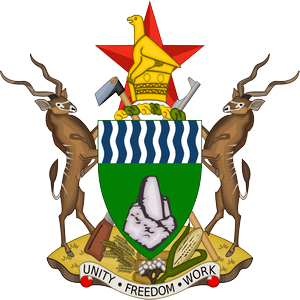Feel The Pulse of the Nation
THE iconic Harare Metropolitan Province is one of the ten provinces in Zimbabwe made up of four main pillars; City of Harare, Chitungwiza Municipal Authority, Epworth Local Board and Ruwa Local Board
The province is administered by the resident minister, Hon Charlse. Z. Tawenwa, responsible for coordinating and implementing government policy to local authorities.
Harare Metropolitan Province is home to Zimbabwe’s executive, legislature, judiciary, diplomatic missions, UN agencies, headquarters of banks and most companies.
Harare Metropolitan Province is home to Zimbabwe’s executive, legislature, judiciary, diplomatic missions, UN agencies, headquarters of banks and most companies. As Zimbabwe’s leading financial, commercial, communications and trade centre, it is essentially a hub, with the adage ‘everything happens in Harare’ commonly used by locals

The Zimbabwe Bird is the national emblem of Zimbabwe, appearing on the Zimbabwean national flag, coat of arms, banknotes and coins, with a larger statue on the entrance of the central bank building.

Historical Harare
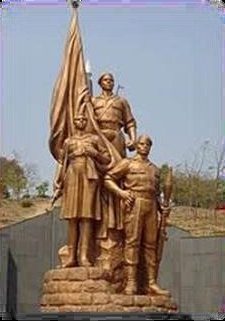
HARARE was founded in 1890 by the Pioneer Column, named Fort Salisbury after the British Prime Minister Lord Salisbury, then Harare in 1982.
Towering majestically is the Tomb of the Unknown Soldier, which symbolises the final resting place for thousands of Zimbabweans who sacrificed their lives for the sake of our freedom and independence, but whose remains were never found but remain scattered in valleys, disused mines, caves, unknown graves and mass graves spread across the nation and in neighbouring countries. Heroes’ Day is commemorated every year in August at this national shrine.
Orient Yourself around Harare’s History
Harare kopje
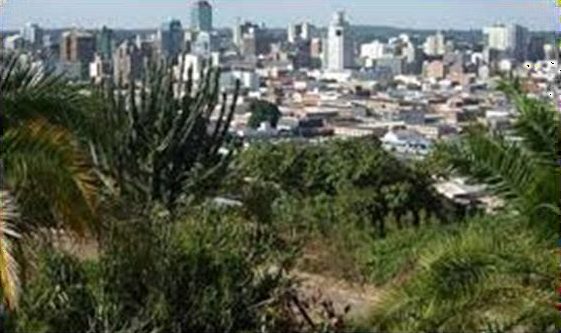
CLIMB up the Kopje and enjoy the best panoramic view of Zimbabwe’s capital city, Harare.
As a popular place for first-time tourists to Zimbabwe, the Kopje is 1536 metres above sea level.
Besides offering a picturesque view of the capital city, it provides a serene atmosphere for those wishing to take a break from the huff and puff of a busy city.
It is also the embodiment of historical symbols and facts that are important to Harareans and tourists.
Historical Buildings
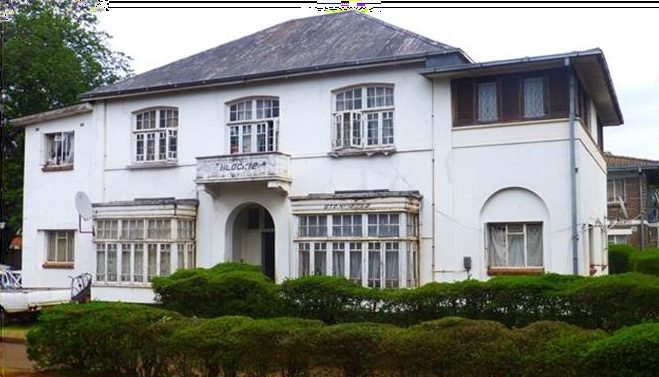
Cecil House (1901), located at 2 Central Avenue, corner Sam Nujoma Street was built by De Beers.
Lo Kia’ House (1902) is situated at 46 Fife Avenue, corner Leopold Takawira Street while Berea House of 1903 is down the road at 78 Fife Avenue, corner Mazowe Street.
The Villa (1910) is located 37 Josiah Tongogara Avenue while the Railway’s House of 1911 stands at 67 Fife Avenue, corner Colquhoun Street.
In Harare’s CBD, you are spoilt for choice when you go on a tour of the ancient buildings built in the 18th century.
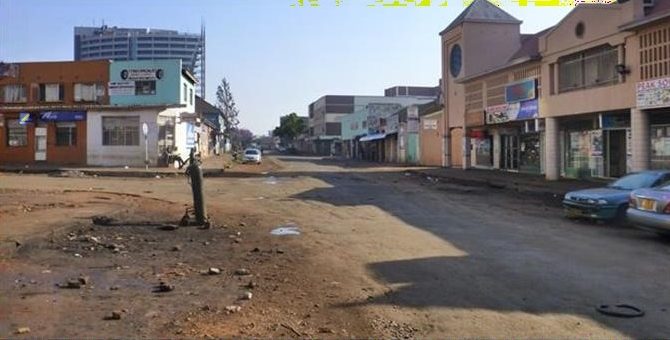
HARARE is home to some of the oldest buildings in Africa.
The Avenues area, on the outskirts of Harare’s CBD has a unique combination of historical buildings.
At 92 Baines Avenue, corner Sam Nujoma Street, you will find The Residency, Salisbury’s first double storey brick house constructed in 1895.
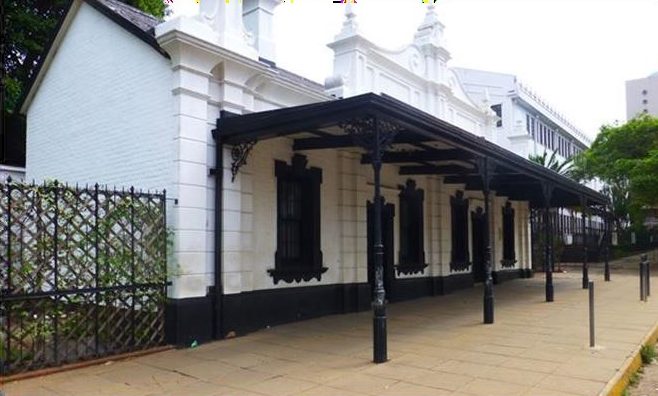
Queen’s Hotel was opened on 31 December 1899 on the eve of the twentieth century and consisted of a single storey building on the corner of Robert Mugabe Road and Kaguvi Street.
Meikles Limited of 1892 was opened as a general merchants in Orr Street while Market Hall along Mbuya Nehanda Street, present day Gulf Complex is one of the oldest buildings still standing in Harare, built around 1893 to 1894.
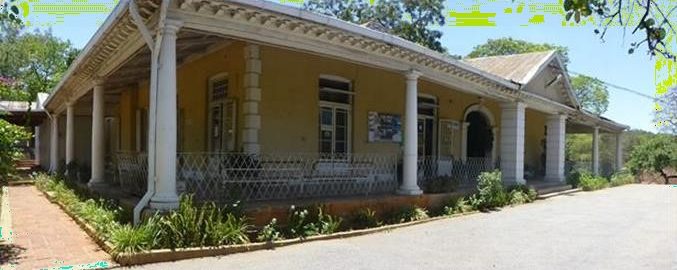
Ranche House of 1899 is situated in Rotten Row opposite the Museum of Human Sciences.

